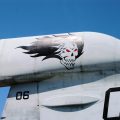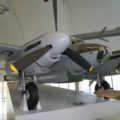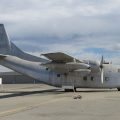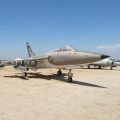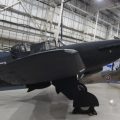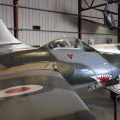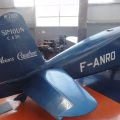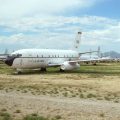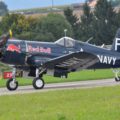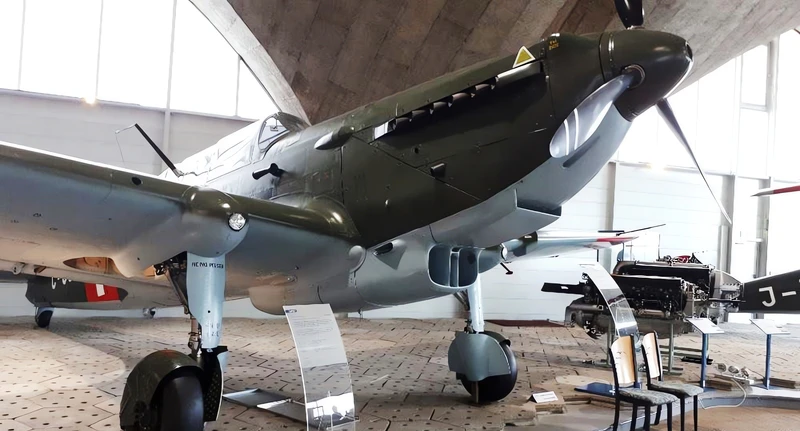
EKW C-36 | |
|---|---|
| Country | Switzerland |
| Role | Ground-attack aircraft |
| First flight | 15 May 1939 |
| Built | 175 |
The EKW C-36 was a Swiss multi-purpose combat aircraft of the 1930s and 1940s, built by the Eidgenoessische Konstruktionswerkstaette. It was a single-engined monoplane with a crew of two. It entered service during World War II in 1942, and despite being obsolete, remained in front line use until the early 1950s, and as a target tug until 1987.
Source: EKW C-36 on Wikipedia
| EKW C-36 Walk Around | |
|---|---|
| Photographer | Ales Pavias |
| Localisation | Unknow |
| Photos | 16 |
The EKW C-36 was a versatile combat aircraft developed by the Swiss Federal Constructions Works (EKW) in the late 1930s. It was designed to replace the outdated Fokker C.V-E biplanes that were used for reconnaissance, escort and patrol missions by the Swiss Air Force. The EKW C-36 was a low-winged monoplane with a metal structure and a retractable tailwheel landing gear. It had a crew of two, sitting in tandem under a long canopy. The pilot had a 20mm cannon firing through the propeller hub and two 7.5mm machine guns in the wings, while the rear gunner had two more 7.5mm machine guns on a flexible mount. The EKW C-36 was powered by a single Hispano-Suiza 12 Y-51 engine that delivered 1,000 horsepower.
The first prototype of the EKW C-36 flew on May 15th, 1939, but crashed three months later due to wing flutter. A second prototype with a stronger wing and a constant-speed propeller was completed by November 1939 and proved successful in testing. The Swiss Air Force ordered an initial batch of 10 production aircraft as the C-3603 in 1940 and received them in 1942. The EKW C-36 entered service during World War II and performed various roles such as close air support, ground attack, interception and training. Despite being obsolete compared to other contemporary fighters and bombers, it defended Swiss neutrality against intruding aircraft from both sides of the conflict.
The EKW C-36 remained in front line service until the early 1950s, when it was replaced by more modern jet fighters such as the de Havilland Vampire and Venom. Some of them were converted into target tugs as the C-3604 and served until 1987. The last variant of the EKW C-36 family was the C-3605, which had its original engine replaced by a turboprop engine and flew for the first time in 1968. It also served as a target tug until 1988 and earned the nickname “Flying Zebra Crossing” because of its black and yellow stripes.
The EKW C-36 was an important aircraft for Switzerland during World War II and beyond. It demonstrated Swiss ingenuity and self-reliance in developing its own military aviation industry despite its neutral status.
See also:
Views : 641



